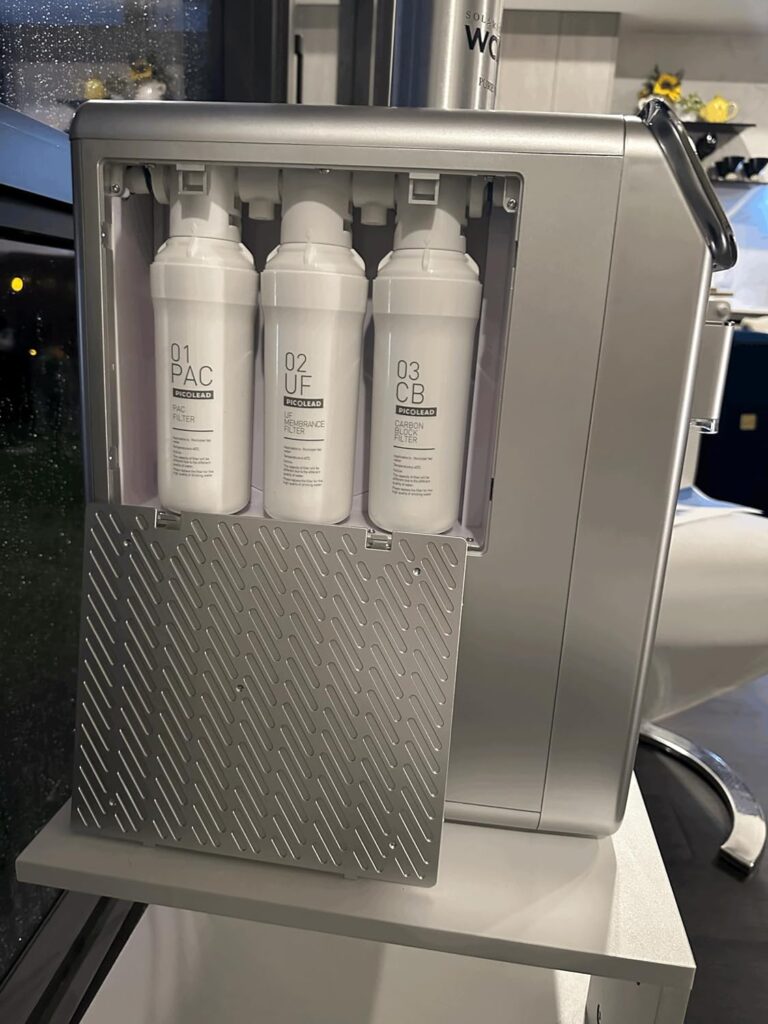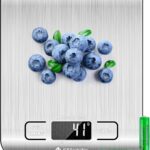Revolutionizing Water Access: A Review of the Desktop Solaris WaterGen Atmospheric Water Generator
In a world where access to clean water remains a critical challenge, innovative solutions are more than welcome. The Desktop Solaris WaterGen Atmospheric Water Generator (AWG) emerges as a beacon of hope, promising to revolutionize the way we procure safe drinking water. In this review, we delve into the features, functionality, and potential impact of this groundbreaking technology.
Design and Build Quality
The Desktop Solaris WaterGen AWG boasts an elegant and compact design, making it suitable for both residential and commercial settings. Its sleek appearance seamlessly integrates into modern living spaces while hinting at the advanced technology within. The device’s sturdy construction inspires confidence in its durability, ensuring long-term reliability.
Functionality and Performance
At the heart of the Desktop Solaris WaterGen AWG lies its atmospheric water generation technology. By harnessing humidity from the air, this device produces clean and potable water through a multi-stage filtration process. This technology not only ensures water purity but also reduces reliance on traditional water sources, making it particularly valuable in areas facing water scarcity or contamination issues.
One of the most impressive features of the Desktop Solaris WaterGen AWG is its efficiency. Operating entirely off-grid, it utilizes solar energy to power its water generation process, minimizing environmental impact and operating costs. Additionally, its intuitive interface and user-friendly controls make it accessible to users of all backgrounds, further enhancing its appeal.
Environmental and Social Impact
Beyond its impressive technical capabilities, the Desktop Solaris WaterGen AWG holds the potential to address significant environmental and social challenges. By providing a sustainable alternative to traditional water sources, it can help mitigate the strain on freshwater reserves and reduce plastic waste associated with bottled water consumption. Moreover, its deployment in underserved communities and disaster-stricken regions can enhance resilience and improve access to essential resources.
Conclusion
The Desktop Solaris WaterGen Atmospheric Water Generator represents a paradigm shift in water procurement technology. Its innovative design, efficient performance, and positive impact on both the environment and society position it as a game-changer in the quest for clean water access worldwide. While challenges such as scalability and affordability remain, the promise it holds for a more sustainable and equitable future is undeniable. As we confront the pressing global water crisis, solutions like the Desktop Solaris WaterGen AWG offer hope and inspiration for a brighter tomorrow.
Let’s break down the pros and cons of the Desktop Solaris WaterGen Atmospheric Water Generator:
Pros:
- Water Independence: The device generates water from the atmosphere, reducing dependence on traditional water sources like rivers, wells, or municipal supplies.
- Clean and Potable Water: The multi-stage filtration process ensures that the water produced is clean, safe, and free from contaminants, providing peace of mind to users regarding water quality.
- Environmentally Friendly: The use of solar energy to power the water generation process minimizes carbon emissions and environmental impact, aligning with sustainable practices.
- Compact Design: The sleek and compact design of the Desktop Solaris WaterGen AWG makes it suitable for various environments, including homes, offices, and disaster relief settings.
- Ease of Use: Intuitive controls and a user-friendly interface make the device accessible to a wide range of users, regardless of technical expertise.
- Potential for Social Impact: By providing access to clean water in underserved communities and disaster-affected areas, the device has the potential to improve health outcomes and enhance resilience.
Cons:
- Initial Cost: The upfront cost of purchasing the Desktop Solaris WaterGen AWG may be prohibitive for some individuals or organizations, potentially limiting its accessibility.
- Limited Capacity: Depending on the model, the device may have a limited capacity for water production, which could pose challenges in scenarios where larger volumes of water are required.
- Variable Efficiency: The efficiency of atmospheric water generation can be affected by factors such as humidity levels and ambient temperature, potentially impacting the device’s performance in certain environments.
- Maintenance Requirements: Like any complex machinery, the Desktop Solaris WaterGen AWG may require periodic maintenance and filter replacements to ensure optimal performance, adding to operational costs.
- Scalability Issues: While suitable for individual or small-scale use, scaling up the technology to address larger water supply needs may present logistical and technical challenges.
- Dependence on Sunlight: The reliance on solar energy means that the device’s efficiency may be affected during periods of limited sunlight or inclement weather.
While the Desktop Solaris WaterGen Atmospheric Water Generator offers a promising solution to water scarcity and contamination issues, it’s essential to weigh these pros and cons to determine its suitability for specific contexts and applications. As technology continues to evolve, addressing these limitations could further enhance the device’s effectiveness and impact.


